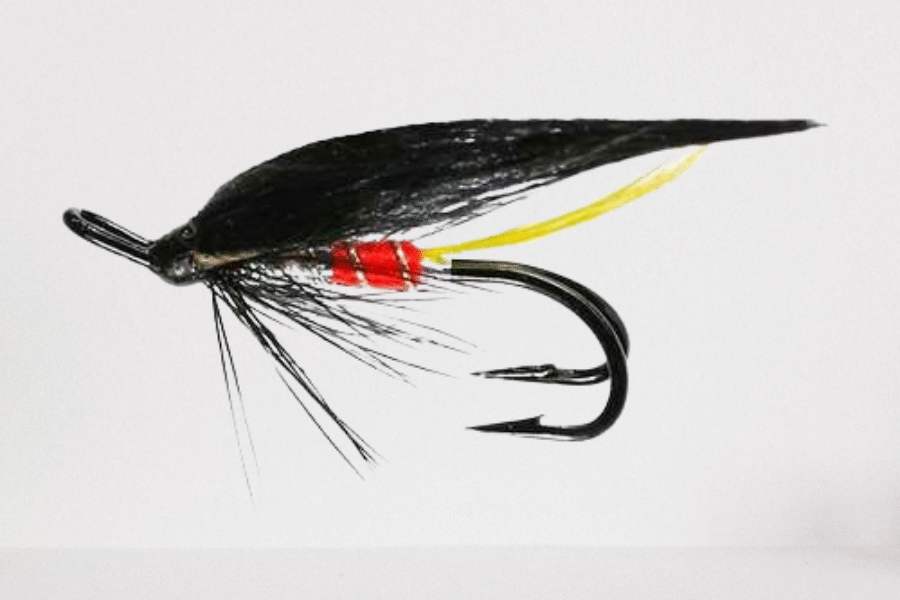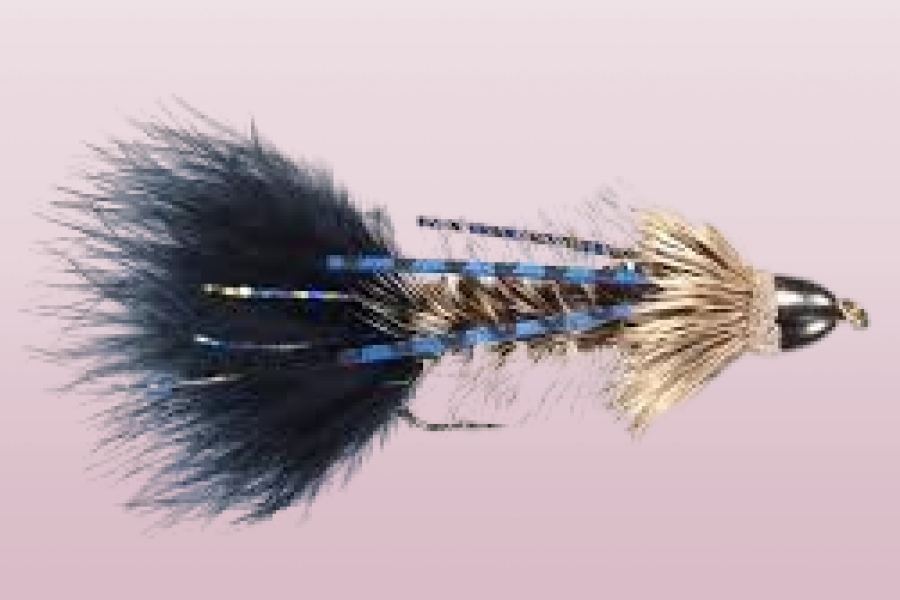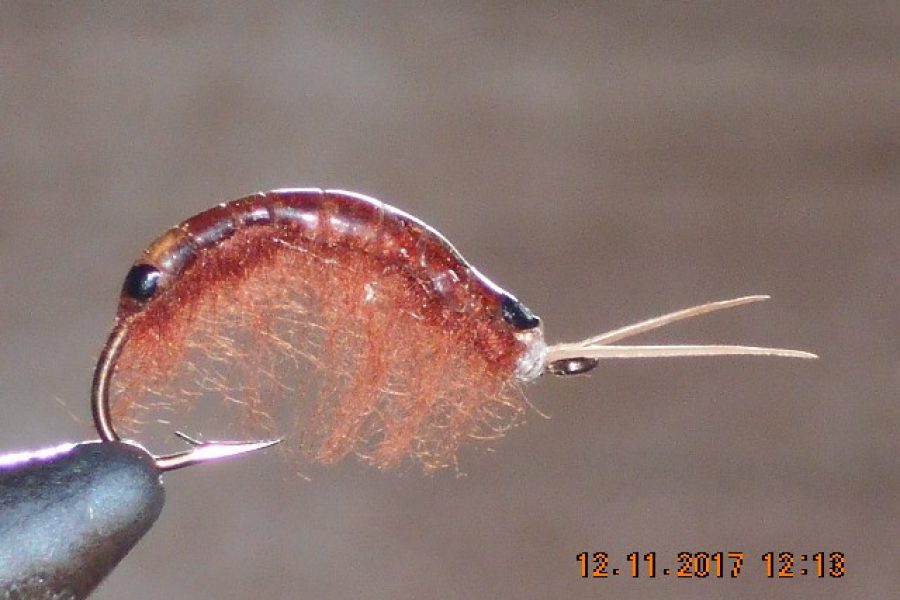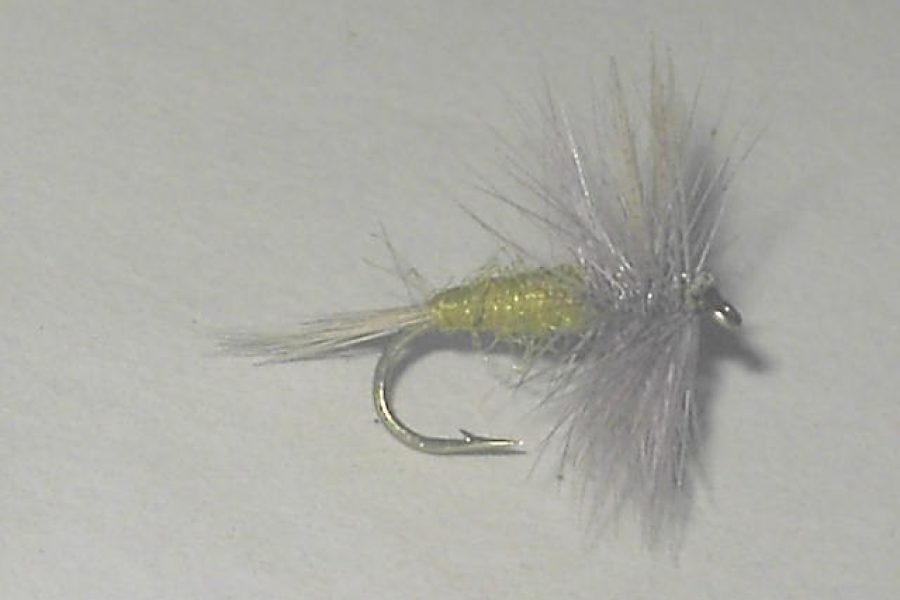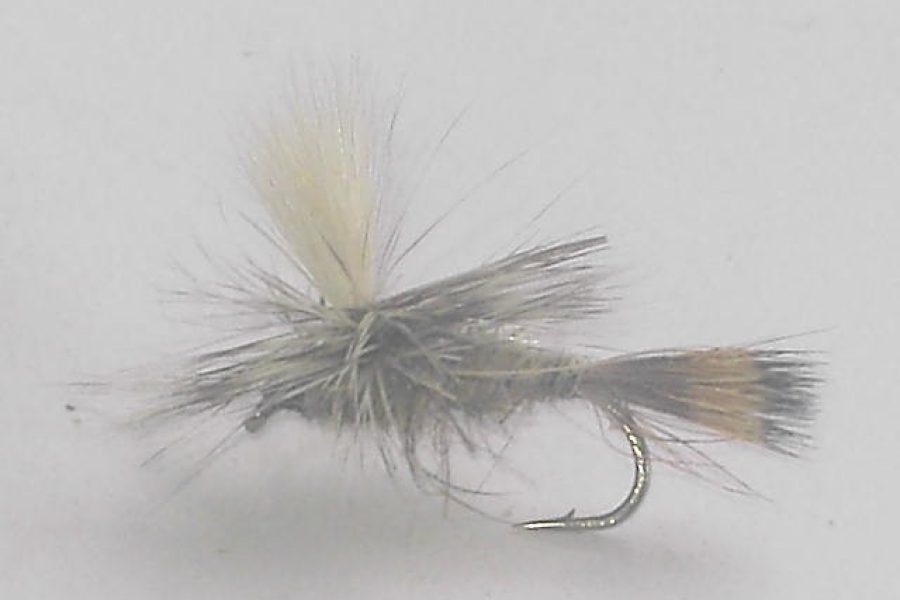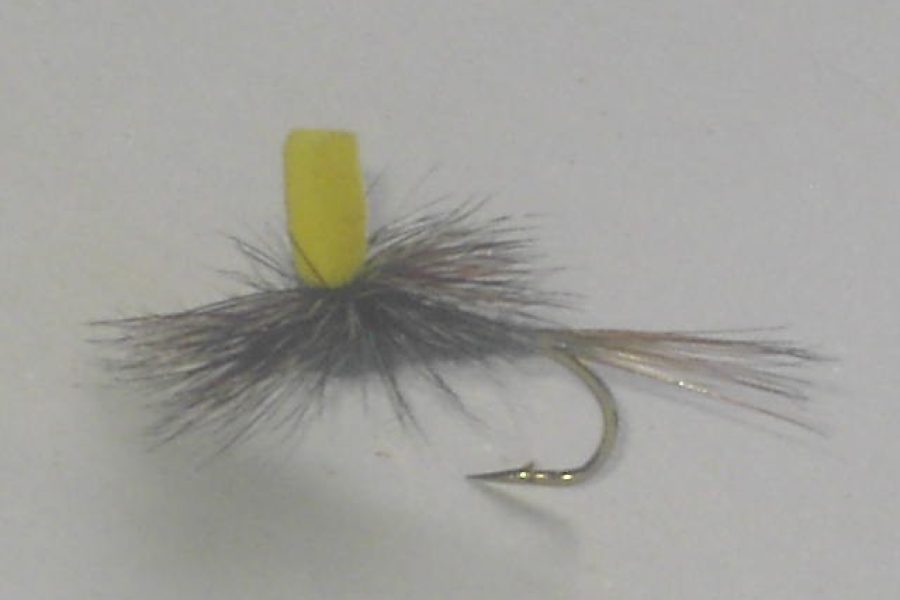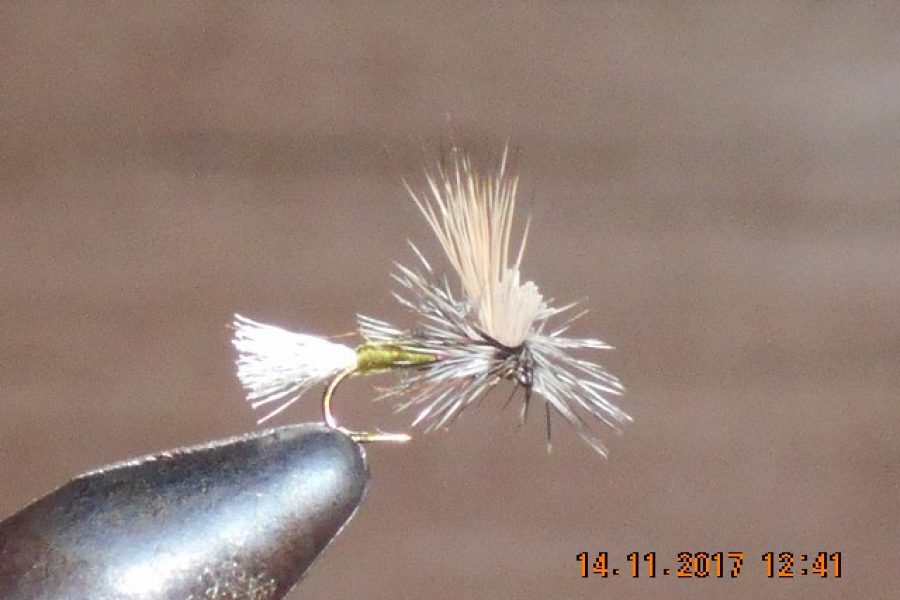Description
Historical Significance and Pattern Evolution
The Grunter Original stands as one of fly fishing’s most innovative and effective patterns, particularly renowned for early season fishing and sedge hatches. This robust dry fly pattern combines traditional tying techniques with modern materials to create a highly versatile pattern that excels in various fishing conditions. Originally developed for rough water fishing, the Grunter has evolved to become a must-have pattern in any serious angler’s fly box.
Premium Materials and Construction Details
Essential Materials List:
- Hook: Dry fly hook (sizes 12-16)
- Thread: Strong 8/0
- Body: Hare’s ear or pine squirrel dubbing
- Wing: High-quality CDC feathers
- Hackle: Red game cock or brown English partridge
- Optional: Fine wire ribbing
- Head: Thread with clear finish
- Overall Length: Approximately 24mm
Material Selection Considerations:
- Hook strength affects durability
- Thread choice impacts body profile
- CDC quality determines float characteristics
- Dubbing preparation affects body texture
- Hackle quality influences float and movement
- Material preparation affects proportions
- Storage conditions preserve materials
- Handling techniques protect delicate items
- Organization systems maintain quality
- Inventory management ensures availability
Detailed Tying Instructions
Preparation Steps:
- Select appropriate hook size
- Choose quality CDC feathers
- Prepare dubbing portions
- Select hackle feathers
- Organize materials
- Check tools
- Plan proportions
- Review pattern
- Prepare workspace
- Test thread strength
Step-by-Step Tying Sequence:
- Start thread behind eye
- Create uniform thread base
- Tie in CDC wing
- Apply dubbing to thread
- Form tapered body
- Add any ribbing if desired
- Tie in and wind hackle
- Secure and trim materials
- Build neat head
- Whip finish
- Apply head cement
- Check proportions
Advanced Fishing Techniques
Presentation Methods:
- Dead drift presentation
- Slight twitches
- Downstream drift
- Upstream presentation
- Cross-current fishing
- Rough water tactics
- Film fishing
- Current seam presentation
- Structure approaches
- Pattern combinations
Water Reading Skills:
- Identify feeding lanes
- Recognize current breaks
- Spot productive runs
- Detect surface activity
- Read water clarity
- Locate rising fish
- Find transition zones
- Identify temperature breaks
- Track fish movement
- Monitor insect activity
Seasonal Strategies
Early Season Tactics:
- Focus on warming water
- Target active fish
- Match early hatches
- Adjust presentation
- Monitor temperatures
- Watch for rises
- Follow fish movement
- Time presentations
- Adapt to conditions
- Match natural drift
Peak Season Applications:
- Early morning fishing
- Late evening sessions
- Target sedge activity
- Focus on rough water
- Match daily patterns
- Observe feeding windows
- Adjust to conditions
- Monitor water levels
- Watch temperatures
- Time presentations
Late Season Approaches:
- Match late-season hatches
- Target feeding fish
- Adjust presentation style
- Watch water conditions
- Monitor temperatures
- Follow movement patterns
- Adapt to weather
- Time efforts effectively
- Match natural drift
- Adjust techniques
Technical Rigging Considerations
Leader Construction:
- Tapered leaders for presentation
- Quality tippet material
- Proper diameter selection
- Breaking strength considerations
- Length adjustments
- Material choices
- Knot selection
- Visibility factors
- Float characteristics
- Setup variations
Terminal Tackle:
- Direct connection methods
- Leader construction
- Line control
- Strike detection
- Float adjustment
- Pattern spacing
- Drift control
- Presentation angles
- Setup modifications
- Tippet selection
Habitat-Specific Tactics
Water Types:
- Rough water sections
- Smooth glides
- Riffles
- Pools
- Runs
- Structure areas
- Edge water
- Mid-stream
- Pocket water
- Transition zones
Specific Locations:
- Fast water
- Slow sections
- Current seams
- Structure edges
- Bank water
- Mid-channel
- Drop-offs
- Shallow flats
- Deep runs
- Feeding lanes
Advanced Presentation Methods
Traditional Techniques:
- Upstream dry fly
- Downstream presentation
- Cross-current drift
- Reach cast
- Pile cast
- Parachute cast
- Aerial mend
- Stack mend
- Curve cast
- Wiggle cast
Modern Adaptations:
- Multiple fly rigs
- Indicator techniques
- Film fishing methods
- Edge water tactics
- Structure approaches
- Pattern combinations
- Presentation modifications
- Depth control
- Speed variations
- Drift management
Pattern Variations
Size Considerations:
- Match natural insects
- Consider water type
- Adapt to pressure
- Account for clarity
- Follow seasonal trends
- Consider fish size
- Match preferences
- Adapt to conditions
- Consider speed
- Match forage base
Style Variations:
- Traditional hackle
- CDC wing
- Parachute style
- Hot spot version
- No-hackle variant
- Thorax style
- Film variant
- Heavy hackle version
- Light hackle version
- Rough water variant
The Grunter Original represents the perfect combination of traditional design and practical effectiveness. Its carefully selected materials and precise construction ensure consistent performance across various fishing conditions. Whether targeting selective trout during specific hatches or searching for opportunistic feeders in rough water, this pattern provides the perfect tool for successful dry fly fishing throughout the season.

